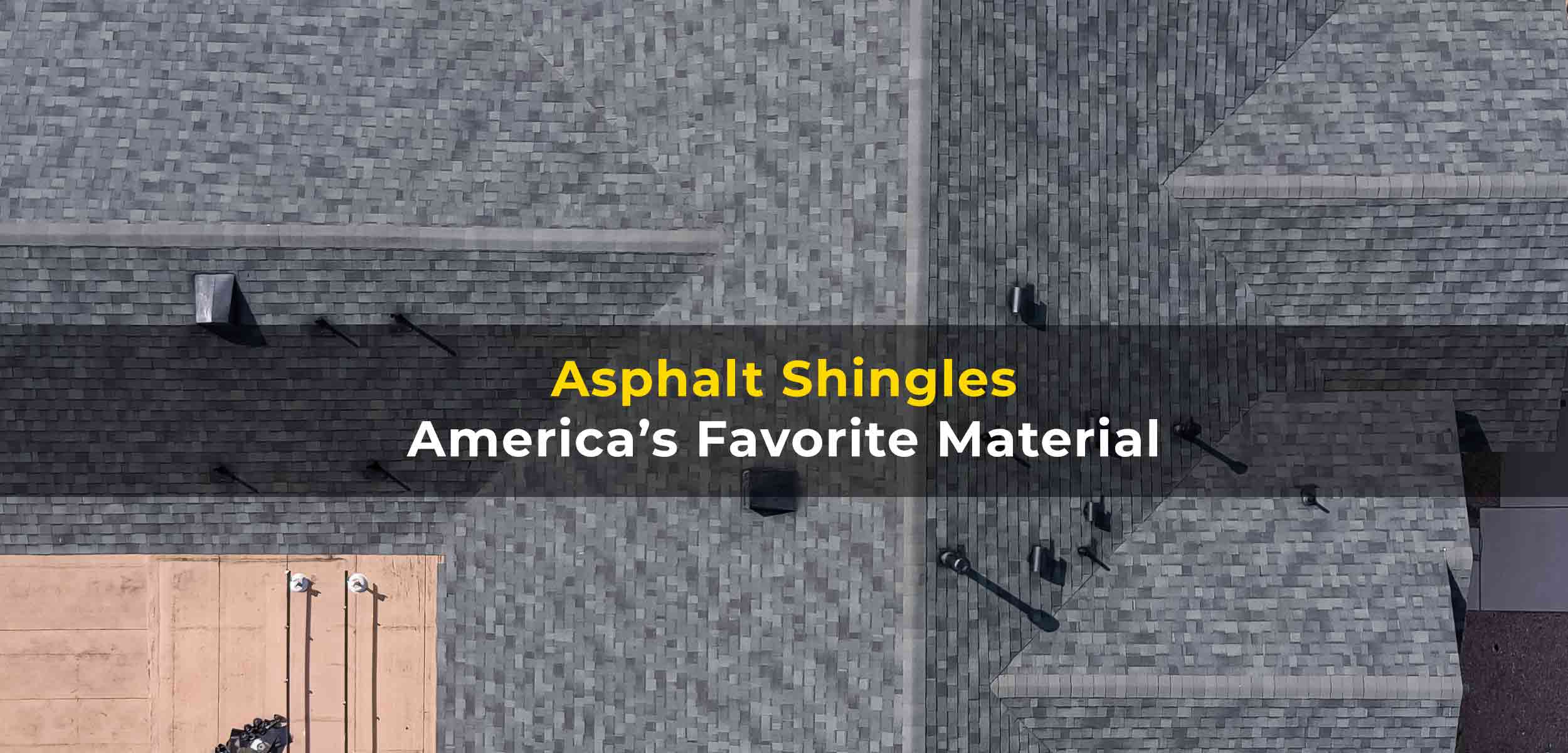Breadcrumbs
These links will help you get back to where you want to go faster.
Learn key steps in protecting your Tucson Arizona home from weather conditions like hailstorm, excessive rain and monsoon storm. The first step is to learn when to expect such weather conditions. Educating yourself about monsoon season is a must. You must pay attention to wind storms and wind bursts in order to prevent roof damage and roof leaks during emergency storms.
Monsoon Season in Tucson Arizona is Intense
The key to understanding monsoons is to understand changing wind patterns. Most of the time Tucson Arizona residents experience dry weather that is the result of Arizona winds. But in the summer, (starting primarily late June and early July) there will be a noticeable “shift in wind direction from west to south, known as the North American Monsoon” reports the School of Geographical Sciences and Urban Planning of Arizona State University. They report that this wind change brings low-level moisture from the south, leading to summer thunderstorms across the state. These storms often blow in fast with high winds that can cause great damage to roofs, roof decks, shingle roofs, and more. Pretty much, anything that is not properly secured down, such as aging roof shingles, broken roof tiles, and loose metal sheets can easily be torn off a roof and end up in the next-door neighbor’s swimming pool.
According to the National Weather Service, during late spring, intense heat from the sun leads to high temperatures over the desert lands of Tucson Arizona. These blazing temperatures decrease surface air pressure, which causes a low pressure called a thermal low. In contrast, large water bodies of water like the Gulf of Mexico and Pacific oceans warm up more slowly which keeps a high air pressure. The difference in air pressure brings in more humid air. The air over the ocean starts to push into the hot and dry air over the southern Arizona desert lands resulting in large thunderstorms.
So now you may be asking yourself, how do I prepare for when the next monsoon hits?
Here are the steps to take to protect your Tucson Roof from potential storm, rain and wind damage:

1. Inspect your roof and inside your home for any weaknesses, bubbles in paint, mold growth, loose shingles or loose tiles. Any type of damage to your roof can easily be sighted. Make sure to watch out for protruding nails, or nails that are not fastened correctly – this means that your roof needs attention. Learn how to find roof leaks and make sure to take care of it right away. Check the interior of the home around the upper parts of walls for bulging painted areas. If you see water spots on the outer border of ceilings or walls you can bet you have a roof leak. Double check roof sealing around lighting fixtures, chimneys and vents – if you find that the roof sealing is inadequate you should try to seal them up tight using roof cement/caulking.

2. It is important to trim tree branches to prevent damage to your roof. During a big windstorm or microburst overhanging tree branches can lift shingles, knock out gutters, damage vents and flashing, making it easier for rain to seep into your home. Tree foliage and debris can also pool water around nails which helps water to get into your home. Removing debris and trimming tree limbs before a windstorm can protect your roof and prevent costly repairs, and in some cases, avoid the need for a complete roof replacement.
3. Consider an emergency roof repair or roof replacement before the storm hits. Chris and Jazz Muzio at Arizona Pristine Roofing, LLC. have a network of local trustworthy roofers that will help fit you into their schedule if you believe your roof won’t last through the next storm. Schedule a free roof inspection now to start your new roof replacement or roof repair project. If you have a gut feeling that your roof won’t last through another storm, don’t take a chance. Your property is too valuable to be playing games with nature.

4. Temporarily protect your roof with durable roofing tarps. Make sure to secure them tightly around vulnerable or damaged roofing areas. There are all kinds of Roof Tarps out there. Some roof tarps are made out of polyethylene (poly), vinyl, mesh, and canvas. Each have different advantages but when it comes to roof storm damage prevention it’s best to get the most durable. Emergency roof tarp placement is also very important in avoiding unnecessary losses in roof insurance claims. Here is a guide we found on how to tarp your roof.




